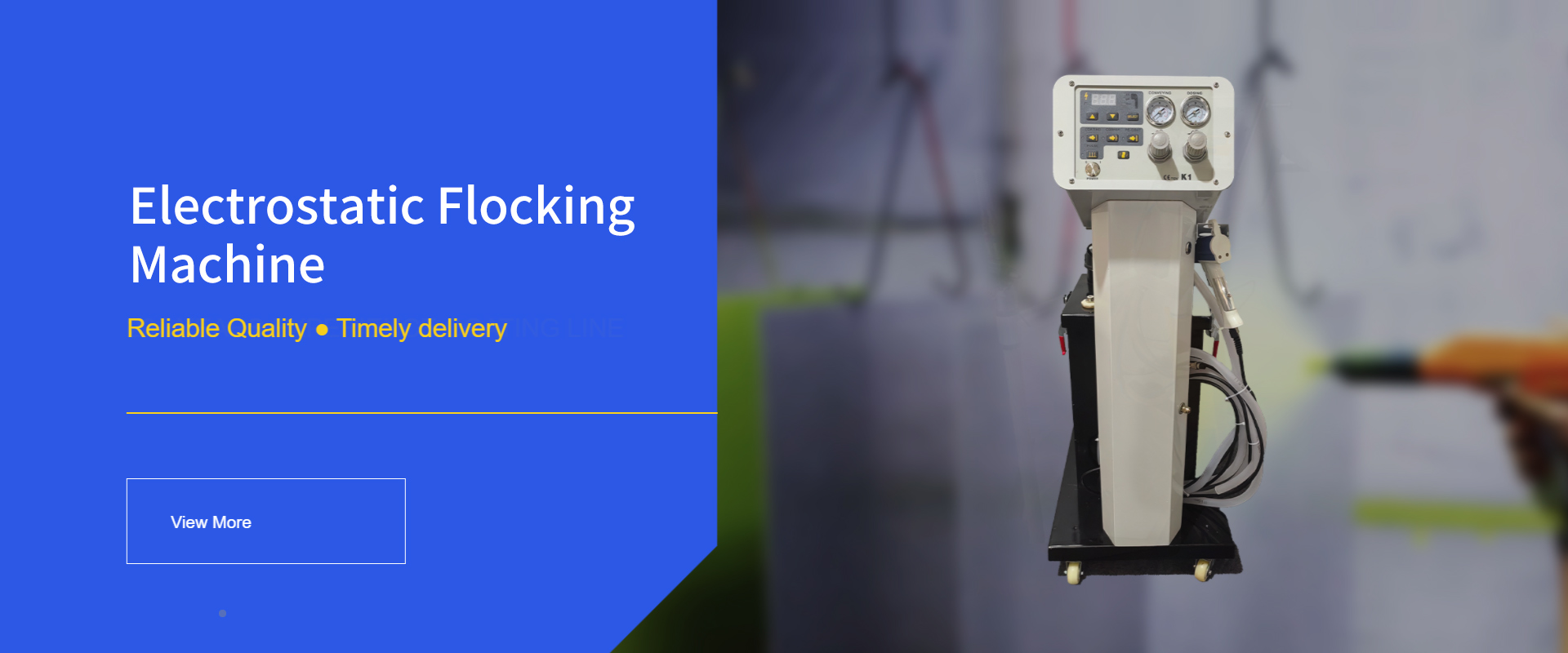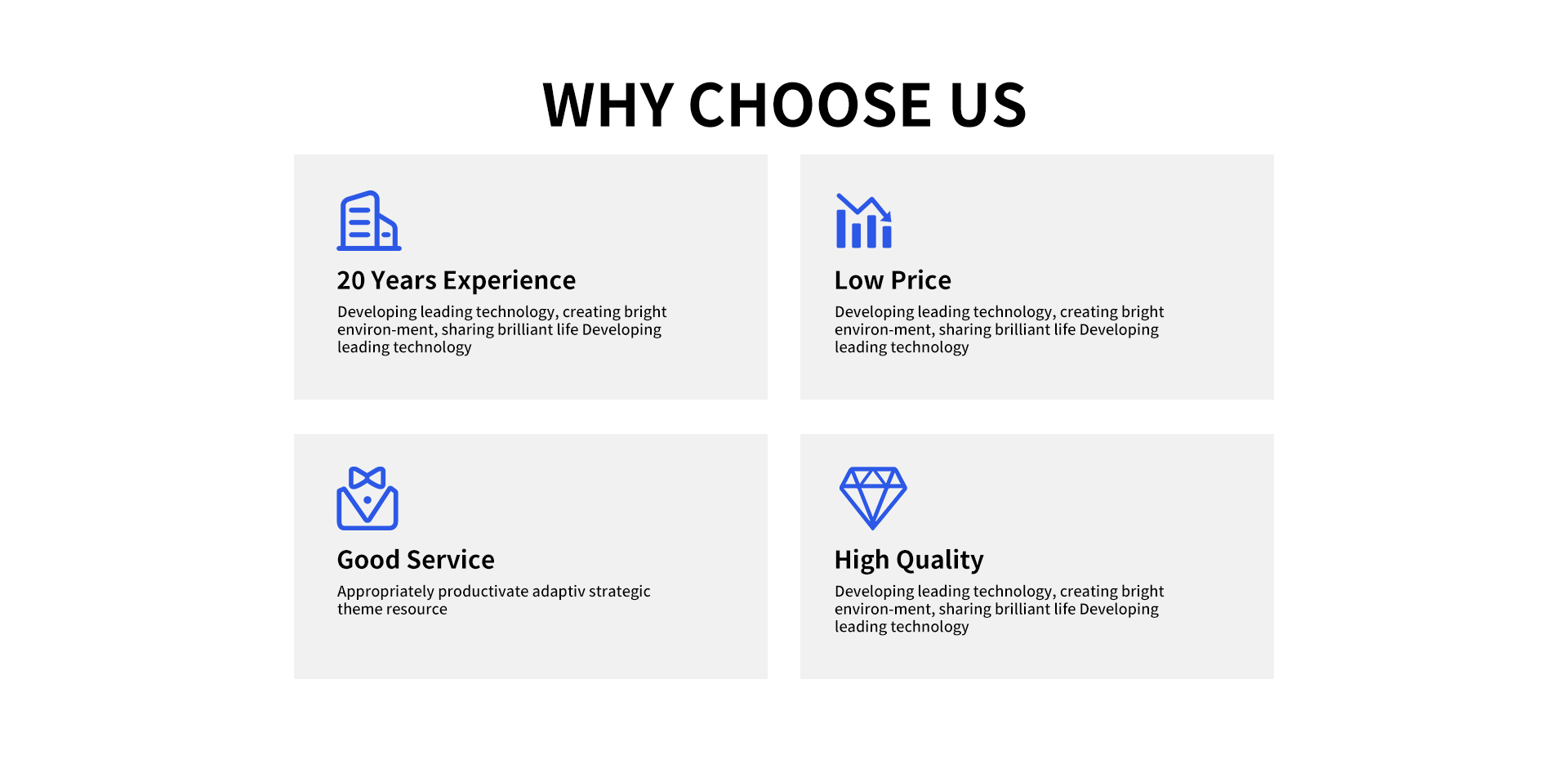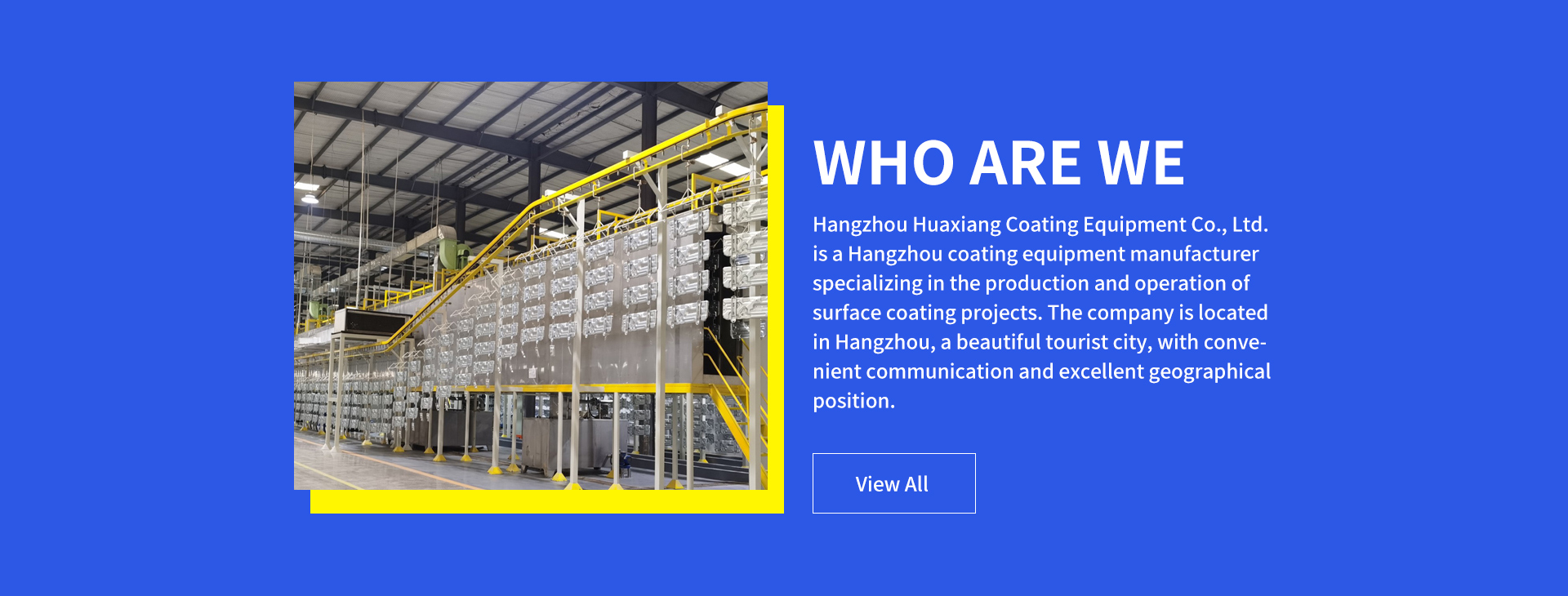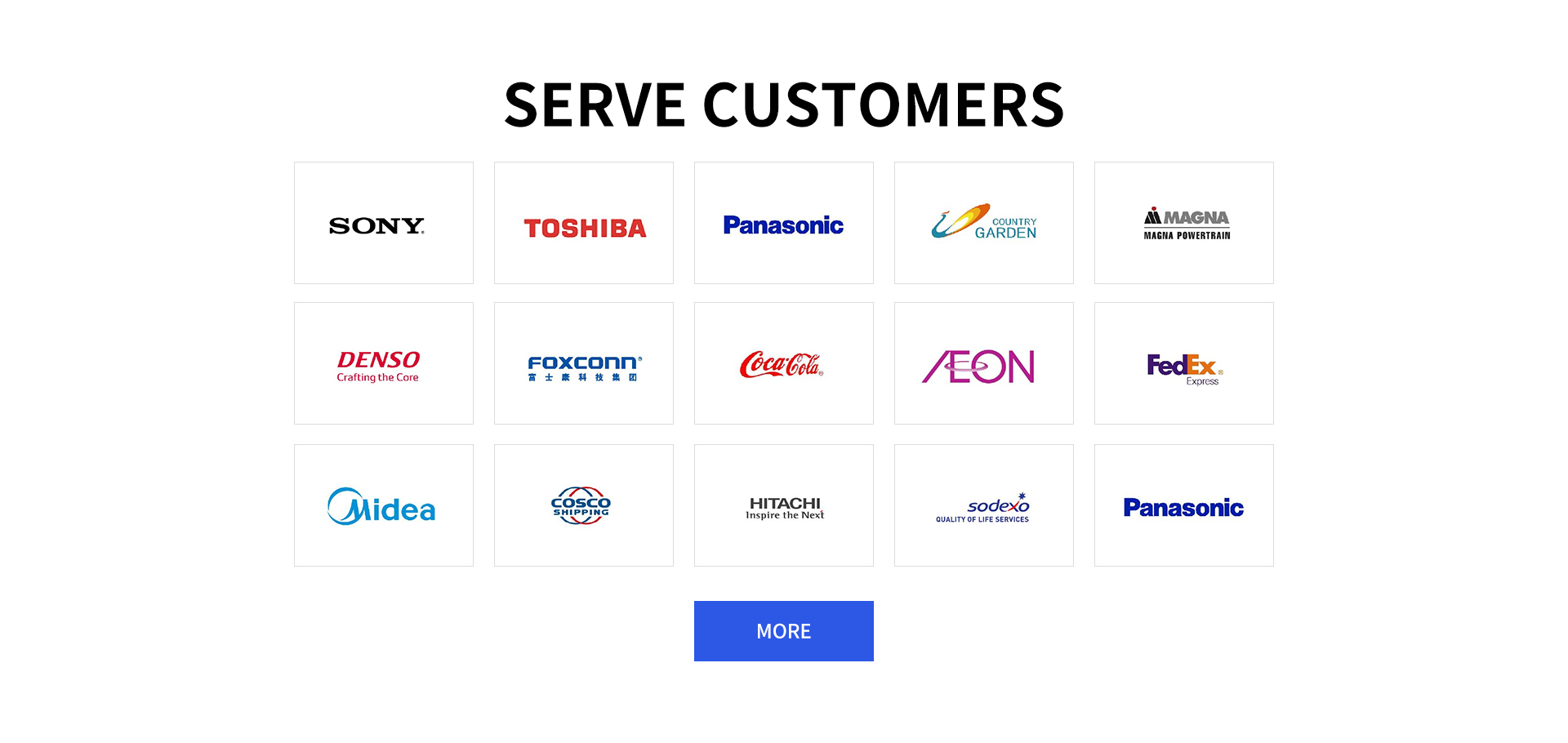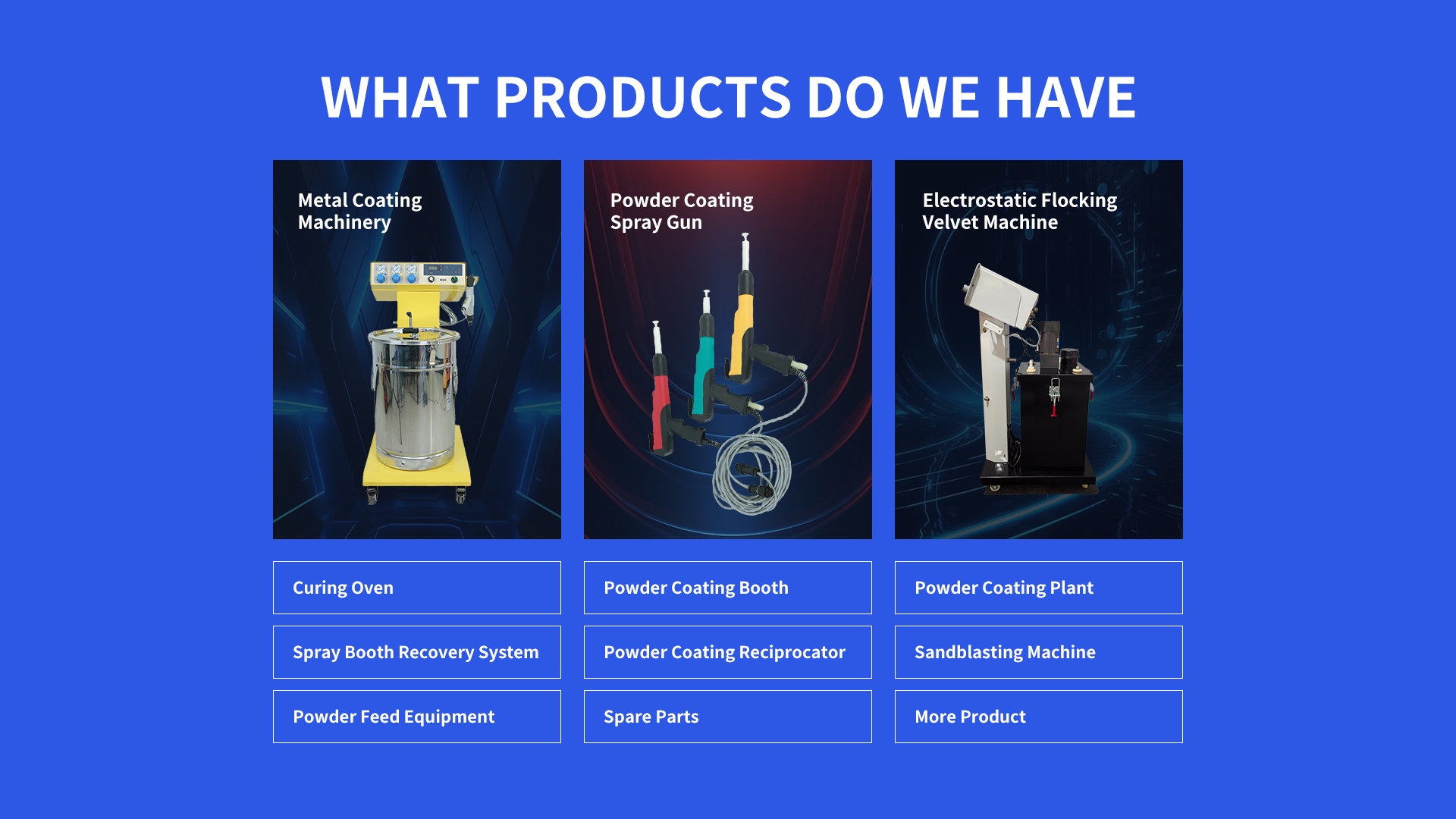Commercial Powder Coating Equipment meets high-demand needs in automotive repair, metal fabrication, and furniture production. Small businesses use compact models for custom orders, while factories rely on large systems for mass production. Prices range: entry-level commercial units start at $5,000, mid-sized systems cost $10,000–$30,000, and industrial-scale equipment exceeds $50,000, based on capacity and automation.
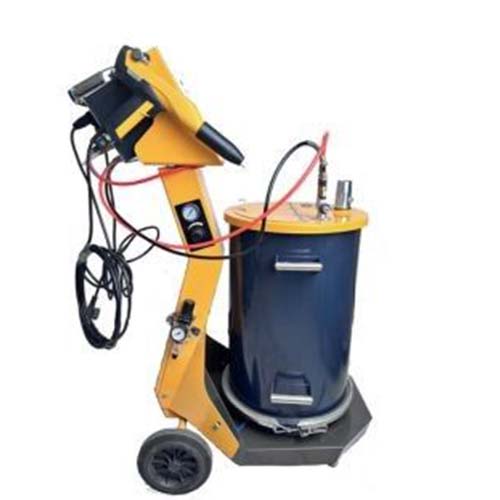
Commercial Powder Coating Equipment Coating Project Introduction
Commercial Powder Coating Equipment powers diverse large-scale projects. Auto shops use it to coat rims, bumpers, and engine parts with durable finishes. Metal fabricators apply it to handrails, gates, and structural steel for corrosion resistance. Furniture makers rely on it for patio sets and office desks, achieving consistent color and texture across batches. These projects benefit from the equipment’s ability to handle high volumes while maintaining quality, making it a staple in profit-driven operations.
Commercial Powder Coating Equipment Coating Surface Treatment Process Technology
Commercial Powder Coating Equipment integrates advanced surface treatment tech for reliable results. The process starts with automated cleaning—spray washers remove oil, grease, and debris, followed by phosphate conversion coatings to enhance adhesion. Drying tunnels with controlled airflow ensure surfaces are moisture-free. This technology reduces human error, ensuring each part receives uniform treatment, a critical factor for commercial projects where consistency directly impacts customer satisfaction.
Commercial Powder Coating Equipment What Is It
Commercial Powder Coating Equipment refers to heavy-duty systems designed for business and industrial use. Unlike hobbyist tools, these units handle continuous operation, larger part sizes, and higher production volumes. They combine automation (like robotic spray arms) with robust components to minimize downtime. From small workshops to big factories, this equipment enables efficient, professional-grade powder coating, turning raw metal into finished products ready for market.
Commercial Powder Coating Equipment Key Components
Automated Spray Systems: Commercial Powder Coating Equipment often includes multi-axis robotic spray arms or conveyor-fed manual stations. These deliver precise powder application, adjusting to part shapes and sizes for uniform coverage, even on complex geometries like automotive grilles or industrial brackets.
High-Capacity Curing Ovens: These ovens feature large chambers (some over 10 feet long) and precise temperature controls (200–400°F). They use gas or electric heating, with conveyor belts moving parts through for consistent curing—essential for batch processing without quality drops.
Powder Management Systems: These include large hoppers (holding 50+ pounds of powder), cyclone separators, and filters. They recycle excess powder, reducing waste by up to 95% and lowering material costs, a key advantage for commercial operations watching margins.
Commercial Powder Coating Equipment Advantages
Commercial Powder Coating Equipment offers clear business benefits. Its high throughput cuts per-unit processing time, boosting daily output. The durable finishes reduce returns and warranty claims, as coated parts resist chips, UV damage, and chemicals. Eco-friendly operation (no VOCs) avoids regulatory fines and appeals to green-conscious clients. Additionally, consistent results build brand reputation, making it a smart investment for long-term growth.
How to choose the right Commercial Powder Coating Equipment for your business
To choose the right
Commercial Powder Coating Equipment, start by assessing your typical project size and volume. A small shop coating 50–100 parts daily needs a compact system with a 4–6 foot curing oven. Factories handling 500+ parts require conveyor-driven equipment with automated sprayers. Check powder capacity: hoppers holding 20+ pounds reduce refill stops. Compare energy efficiency—gas ovens lower utility bills for high-volume use. Prioritize brands with local service reps to minimize downtime for your Commercial Powder Coating Equipment.
How to maintain Commercial Powder Coating Equipment for peak performance
Maintaining
Commercial Powder Coating Equipment prevents costly breakdowns. Daily, clean spray gun nozzles with compressed air to avoid clogs. Weekly, inspect conveyor belts for wear and adjust tension as needed. Monthly, deep-clean curing oven interiors—remove powder residue from heaters and fans to ensure even heating. Every quarter, replace filters in powder recovery systems to maintain efficiency. Follow the manufacturer’s schedule for lubricating moving parts, and keep a log of maintenance to track patterns, ensuring your Commercial Powder Coating Equipment stays reliable.
How to ensure safety when operating Commercial Powder Coating Equipment
Safety with Commercial Powder Coating Equipment requires strict protocols. Train operators to wear respirators, heat-resistant gloves, and eye protection—powder inhalation and oven burns are common risks. Install proper ventilation in spray booths to disperse powder dust, reducing explosion hazards. Set emergency shutoffs for ovens and conveyors, tested monthly. Mark high-temperature zones clearly, and enforce no-loose-clothing rules near moving parts. Regularly check electrical connections and gas lines (if applicable) for leaks, keeping your workspace compliant and operators safe with Commercial Powder Coating Equipment.
How to optimize efficiency with Commercial Powder Coating Equipment
Optimizing efficiency with Commercial Powder Coating Equipment starts with workflow design. Arrange spray booths, curing ovens, and prep areas in a linear path to minimize part handling. Program robotic sprayers with saved settings for frequent part types, reducing setup time. Use batch processing—group similar parts to avoid oven temperature adjustments. Monitor powder usage via built-in meters to reduce over-spray. Schedule maintenance during off-hours to avoid production gaps, ensuring your Commercial Powder Coating Equipment runs at maximum capacity daily.
How to troubleshoot common issues with Commercial Powder Coating Equipment
Troubleshooting Commercial Powder Coating Equipment starts with identifying symptoms. If coatings peel, check surface treatment—ensure parts are fully degreased and dried. For uneven texture, calibrate spray gun pressure (too high causes orange peel, too low leads to thin spots). If the oven fails to reach temperature, inspect heating elements and thermostats, replacing faulty components. Clogged powder lines often stem from moisture—store powder in sealed containers and use desiccants in hoppers. Addressing these issues promptly keeps your Commercial Powder Coating Equipment productive and minimizes project delays.
Statement: Hangzhou Huaxiang Coating Equipment Co., Ltd Chinese Powder Coating Equipment facturers provide you with customized equipment for various types of Powder Coating Lines, Powder Coating Ovens, Powder Coating Booths,Powder Coating Guns, etc. For inquiries! Contact us at
Email: gezx@cncolourspray.com
WhatsApp: +86 13335812068

